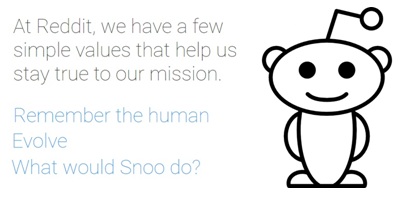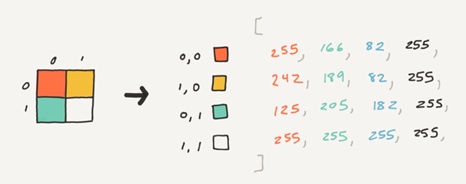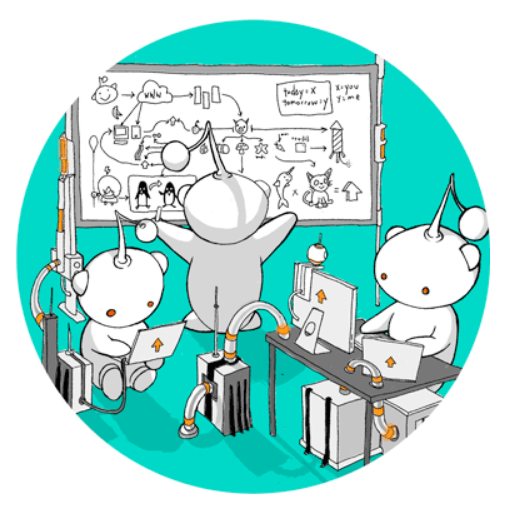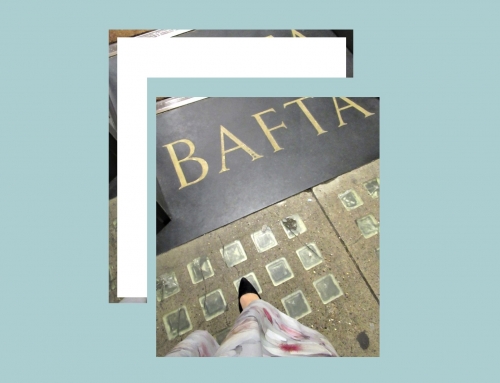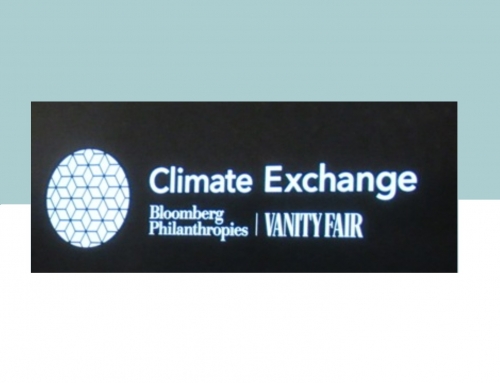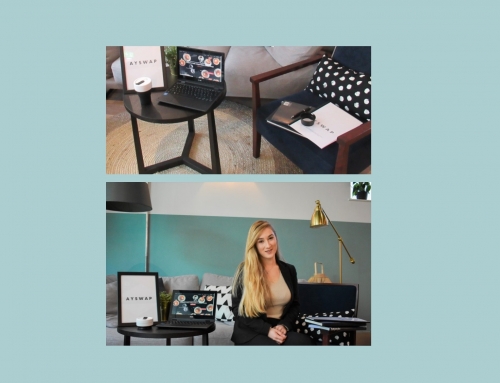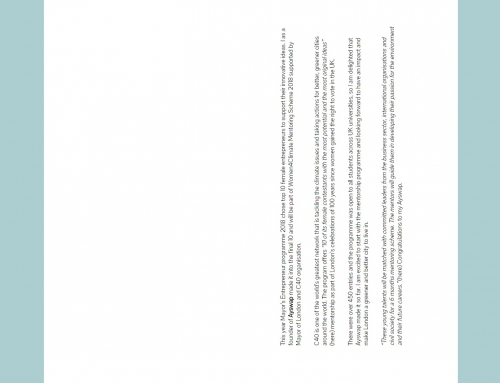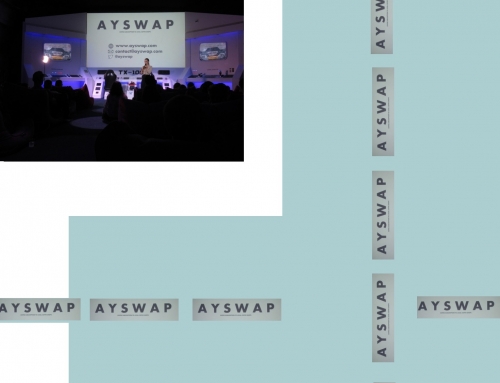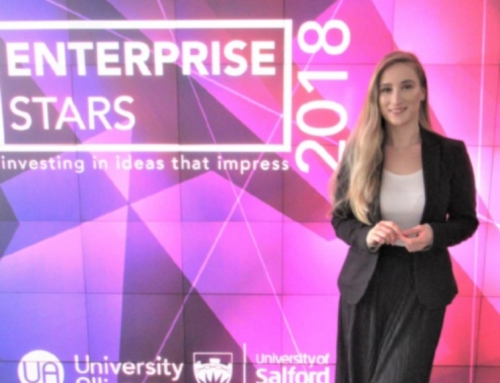At some point, business confronts the time when the organisation does not move forward, loses its primary purpose or is not capable of applying the creativity into the process. The following post reveals some common points how to manage creativity and innovation within the organisation.
As an example, I analysed the real-life organisation in the creative industry and was fortunate enough to visit them in their headquarter in San Francisco, which allowed me to gather some primary data and analyse their successful way of fostering innovation in their business with the implementation of conducting collaborative creativity.
1. IS LAUNCHING OF A NEW PRODUCT, SERVICE OR PROJECT DEPENDED UPON THE ‘SPECIAL’ SKILLS AND BEHAVIOURS OF ONE INDIVIDUAL?
Creativity is not an individual trait, but a process influenced by diverse individuals (Bilton, 2007). Few studies revealed factors that influence individual’s creativity, such as the culture of a company, management operations and collaboration within the team. Sternberg (1988) besides environment describes other factors for influencing individual’s creativity. Those are intellectual ability, personality, and inner motivation. Individuals are influenced by social and environmental factors, claims Amabile (1983, p.357), whereas her new study reveals that external circumstances affect person’s creativity across the entire lifespan (Hennessey, Amabile, 2010). That social environment influence employee’s creative performance was recognised by many authors (Sternberg, 1988, Mayer, 1995, Madjar, Oldham, Pratt, 2002, Hennessey and Amabile, 2010). Gute et al.(2008) confirmed that families that did not support the early life of children’s interests, children grew up believing they are not a creative person. Furthermore, parental withholding of not offering equal emotional support to all children caused a certain individual to become even more creative in a pursuit to separate themselves from their siblings.
This means that when launching new products within the company, an individual is influenced by a variety of circumstances, especially work ethic or policies within the company. For that reason, it is hard to conclude to what extent certain individual contributed with their creative ideas, behaviour or skills. The company’s environment I interviewed encourage projects based on group work, therefore such influence is even stronger and is hard to define how much a certain individual contributed. To sums it up, skills for creative thinking are not the result of one particular individual, but the outcome of the collaboration in the team.
Source: Reddit (2017)
2. TO WHAT EXTEND IS THE LAUNCH OF THE NEW PRODUCT, SERVICE OR PROJECT DEPENDENT UPON TEAMWORK AND CO-CREATION?
The company I interviewed consists of people with the different culture that help to build stronger communities. The team has a variety of profiles, but all of the employees have the same values and the devotion into creating communities.
Bilton (2007) describes that it is necessary to avoid over-specialisation in the team to get the balance between experts and people with general understanding to sustain company’s creativity. Different skills within the team will benefit when the group face the problem, to view it from different viewpoints. Creativity needs certain contradictions and paradox, which can be possible when team members have a different approach to solving problems (Bilton, 2007) and can be beneficial especially for organisations that want to be more innovative (Porter, 1990). Furthermore, according to article What the Research Tells Us About Team Creativity and Innovation (2017) it is suggested to have the right level of conflict to enhance creative thinking. Hennessey and Amabile (2010) acknowledge that the number of conflicts in the group influence creative results. This also confirms the study of Polzer, Milton, and Swarm (2002). In many organisations developing creativity requires people anticipation and the most creative work that has been acknowledgement within organisations have been done by two or more people working together (Hennessey, Amabile 2010). Latest research from Industrial Marketing Management (2013) shows that creativity requires integration of diverse knowledge to develop the creativity and innovation. Therefore, creativity is a multidimensional process, which requires a combination of different thinking styles (Bilton, 2007) and requires collective teamwork, rather than one individual’s talent.
 Source: Reddit (2017)
Source: Reddit (2017)
3. HOW TO EMLOPY ENTREPRENEURIAL MANAGEMENT BEHAVIOUR (NETWORKING, DECISION-MAKING, RESOURCE LEVERAGING, ALERTS TO OPPORTUNITY) INTO THE PROCESS?
Through absorbing company’s culture, it was noticeable that the strategy to manage creativity includes networking events and decision-making with the whole team. The latest study from Coward (2015) analysed that informal communication between team members allows sharing ideas and creates a safe environment, but also increase creativity when exchanging opinions. Such approach also reduces fault in the projects and decreases risks in further development. Article Find Innovation Where You Least Expect It (2017) analyse how transforming the nature of brainstorming from talking to writing produce more quality ideas. Brainstorming is the most common method to cultivate ideas within the organisation agree Patterson et al. (2009). Another point to consider is honest feedback between the team members, which in general lead the group to achieving higher performance (What the Research Tells Us About Team Creativity and Innovation, 2017). Besides above-mentioned factors, developing networking opportunities among employees for innovative working was highlighted by many studies (Patterson, et al. 2009, Andersen, Kragh, Lettl, 2013). Managers should arrange the work environment to foster creative potential, by employing networking as part of the creative process. “Creativity cannot happen in a vacuum” concluded Swann and Birke (2005).
Source: Reddit (2017)
4. WHAT ARE POSSIBLE ORGANISATIONAL’S BARRIERS TO CREATIVITY AND INNOVATION?
In terms of barriers to creativity it was exposed, in the company I interviewed that employees overspend their time behind the computers, raising the concern that with the computers they are not able to do as much as with the ‘real stuff’. Therefore, the company encourages team members to use real objects rather than virtual in any aspects. This allows visualise employee’s ideas and create prototypes. Defining the rules was another possible barrier to creativity and innovation. On the one hand, ‘no rules’ gives employees the freedom to organise themselves, which is necessary to embrace creativity (Bilton, Cummings, 2014). On the other hand, creativity should be managed (Andriopoulos, Dawson, 2009). Perhaps ‘no rules’ can pressure employees to deliver the creative outcome on time and limit their creativity. Hennessey and Amabile (2010) clarify that innovation stands for the successful implementation of creative ideas, however, if employees do not have clarity what is expected from them to deliver, they loose engagement to innovate (Everyday innovation, 2009). Task and leadership goals towards innovation need to be clear to employees warn Bilton and Cummings (2014). For that reason, Patterson et al. (2009) suggest that engagement is an important driver of innovation. Considering prototyping and enforcing the rules, resources are another valid point that can be a barrier to creative thinking. Patterson et al. (2009) listed lack of resources as one of the most common barriers to innovation, including financial constraints and lack of time. Moreover, a study conducted by Andriopoulos and Dawson (2009) described that conditions, such as resources are fundamental to develop raw ideas into services. In that event, the transformation from ideas to tangible innovations plays the vital role for company’s long-term success. Another possible drawback of innovation within the organisation is the undeveloped corporate identity. Misunderstood in whether to pursue an incremental or radical type of innovation (Patterson et al. 2009) can lead employees to mislead position. Not only this, bureaucracy can also cause deceleration of creativity and delay innovation.
5. WHAT CONTEXTUAL FACTORS, BEYOND THE POWER OF ORGANISATION ITSELF CAN INFLUENCE THE OUTCOME OF A COMPANY’S PRODUCT, SERVICE OR PROJECT?
Another point to consider is contextual factors beyond the company’s power. Those can be the spirit of a time, political climate or social economic status of an individual (Gute et al.2008), which can influence organisations outcomes. On the microenvironment, factors that shape the culture of the online business, for example, is the online community. When having a discussion with the director of the community of interviewed company he mentioned that people have all sorts of thoughts positive and negative to do with your platform, things you would have never thought of. The users have certain influence that shape organisation’s decisions. On the macro environment, demographic of the company, natural forces, changes in interest rates and government control impact companies. According to the article, The World’s Most Talent Competitive Countries (2017), San Francisco as the headquarter of the company I interviewed was positioned on 4th place among top innovative cities in 2017.This gives company advantage when considering that skilled individuals have a tendency to move to innovative cities. The high quality of life, strong information infrastructure, and international links are some of the benefits that company’s position in San Francisco could offer to their employees. Whether talented people will be willing to move to San Francisco in order to work for the organisation is outside the organisational control. Additionally, government and corporate policies are equally important in promoting factors for innovation (Kerrin, Gatto-Roissard, Coan 2009). Furthermore, organisations cannot influence employee creative performance, which is related to the supportive environment from non-work peers, especially individual’s family and friends warns, Hennessey and Amabile (2010). Madjar, Oldham, and Pratt (2002) explain that burnout and emotional exhaustion have a direct impact on person’s work performance. To conclude, government policymakers, property rights, educational system, and country’s openness to labour market are some of the main contextual factors that are beyond the power of organisations and have an impact on company’s creativity and innovation.
6. HOW TO IMPLEMENT COMPANY VALUES AND SUCCESSFULLY LAUNCH NEW PRODUCT, SERVICE OR PROJECT CONSIDERING INITIAL ORGANISATIONAL OBJECTIVES?
Source: Reddit (2017)
Considering contextual factors outside the power of organisation in the previous paragraphs, companies objectives when launching new product are equally important for managing creativity and innovation in the organisation. A picture above, for example, illustrates Reddit’s values that were implemented into their latest project Place, which exceeded organisational initial objectives. “Remember the human”, means that individual action affect other people and communities around them, “Evolve” stands for growing and moving together with the community in order for individual’s progress and “What would Snoo do” represents joy and playfulness (Reddit, 2017).
Project Place started with Reddit’s clear strategy to clarify which platforms to include for a variety of users. This vision helped the project to follow their initial objectives, the key performance indicator that was measured in traffic on the website and user engagement. Reddit’s strategy in project Place was to use cross-platform approach by combining app, desktop web, mobile web for both iOS and Android. They also clarified three metrics that user interface should include. Those were displaying the board in real time around all platforms, facilitate user interface with the board and ability to draw on canvas Place from all platforms (How We Built r/Place, 2017). The goal of virtual canvas was not only to measure user engagement but also bring the community together and encourage them to collaborate through the play on Place. A virtual canvas was built from 1000 x 1000 pixels. Each user could paint a single pixel every 10 minutes.
Source: How We Built r/Place (2017). Picture illustrates how canvas pixels would relate to the users’ screen
Mobile app support was part of Reddit strategy. Picture below shows how app scheduled a notification after 10 minutes and displayed it to the user.
Source: How We Built r/Place (2017)
7. WHAT MAJOR LESSONS CAN ME LEARN TO BETTER MANAGE CREATIVITY AND INNOVATION?
In the event of repeating the project it was mentioned that when the organisation made certain hypotheses at the early stage, they were mainly wrong. For that reason, it is valid to acknowledge the mistake at the early stage before users could feel it. Another important point is to be able to innovate quickly, especially when a good idea occurs. Article The innovation value chain (2017) warns that managers usually concentrate on their strengths, rather than weaknesses. In addition, Christensen (2013) explains that big corporation often disregards technology and niche consumers market. Major lesson learned from project Place is that every idea has a potential to be successful if the organisation is willing to listen to their employees and offer conditions for executing those ideas. Frese, Teng, and Wijnen’s study (1999) exposed that more creative ideas are submitted to the organisation when managers encourage individual’s ideas. People are willing to collaborate as long as they have the right tools to operate with and few constraints to manage their creativity. Including the users and allow them to share their stories help the organisation to have the bigger impact online as well as offline. Henry (2012) concludes that passion for working for a reason go beyond status and give an individual within the organisation motivation when facing a failure.
Those are the main strategies recognised in companies who want to manage creativity and innovation and are necessary to embrace within any other creative industry.
Source: Reddit (2017)




